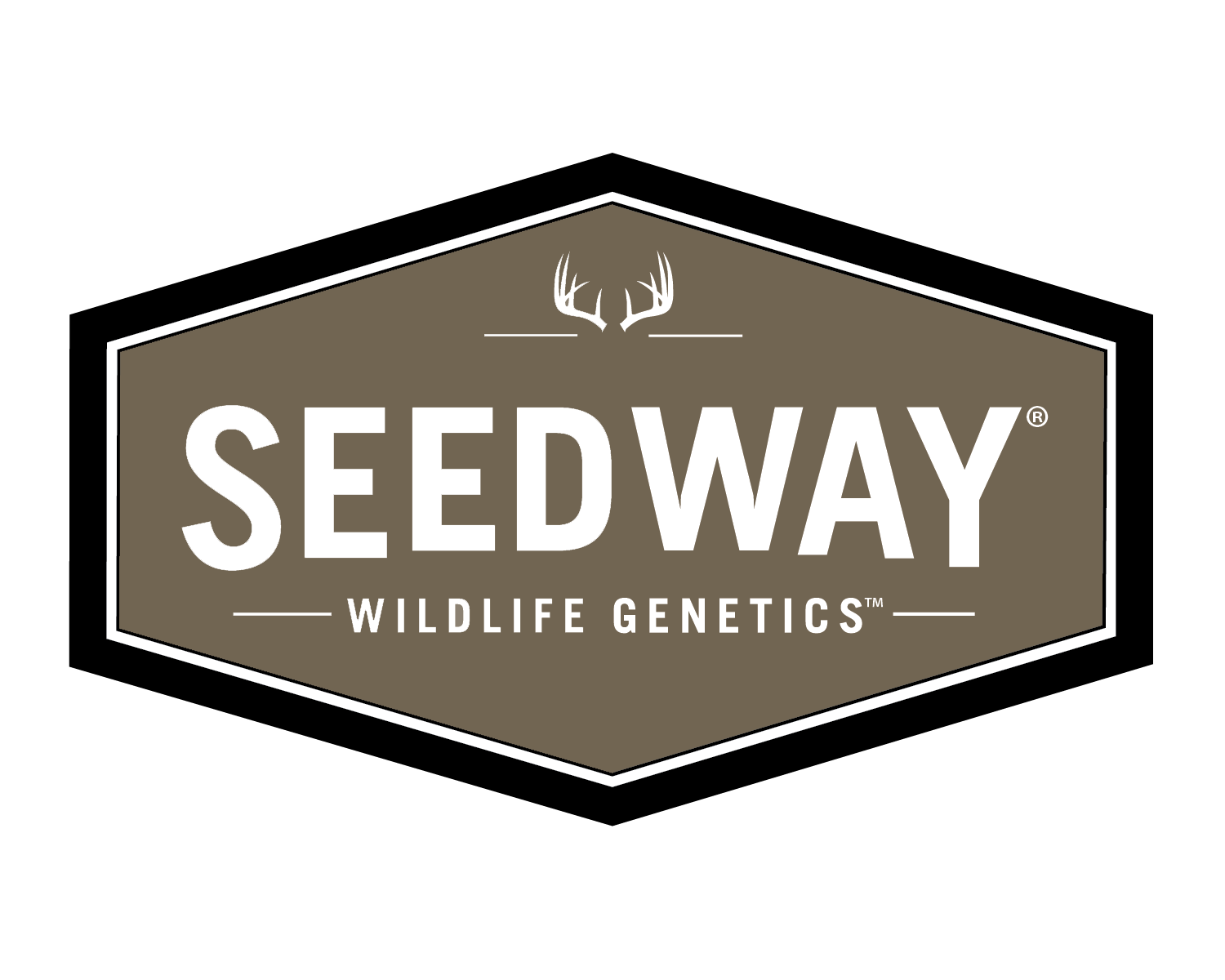Clover
Annual clovers produce high yields of easily digestible forage. Clover is relatively easy to establish, readily available, and affordable. There are a variety of species to handle most any climate or soil type. To put it simply, clovers are a very versatile deer forage. Perennial clovers are typically mixed with other perennial varieties and consistently attract large numbers of wildlife species.
Forage Peas/Oats
Forage peas and oats blended produce high-quality forage for livestock or wildlife consumption. Oats are usually combined with the peas to support upright growth.es.
Trefoil
Birds foot trefoil is a perennial that adapts well to production on poorly drained, low-pH soils. Think of trefoil as your food plot’s insurance policy. During a drought, while other plot species are dwindling, trefoil will thrive. It is very heat-tolerant and preferred by different species of game like deer, turkey, pheasant, rabbit, and quail.
Game Food Sorghum
Annual grain sorghum typically reaches mid-bloom about 40-50 days after emergence. Mature plants can grow 26″ to 30″ in height. The seed becomes edible at maturity and is readily consumed by upland game birds such as quail, turkey, pheasant, and other migratory birds, including duck, geese, and dove. Deer are also feeders of this grain-producing plant.
Soybeans
Soybeans might be the most preferred forage of whitetail deer. When they first emerge, deer will browse the young sprouts and consume the high-protein leaves and stems like candy. This will last from April or May until the plant starts to yellow in late summer or early fall. Then, for a brief time as they ripen and yellow, deer will avoid the bean fields only to return a few weeks later to once again pound the pods filled with the ripened beans.


